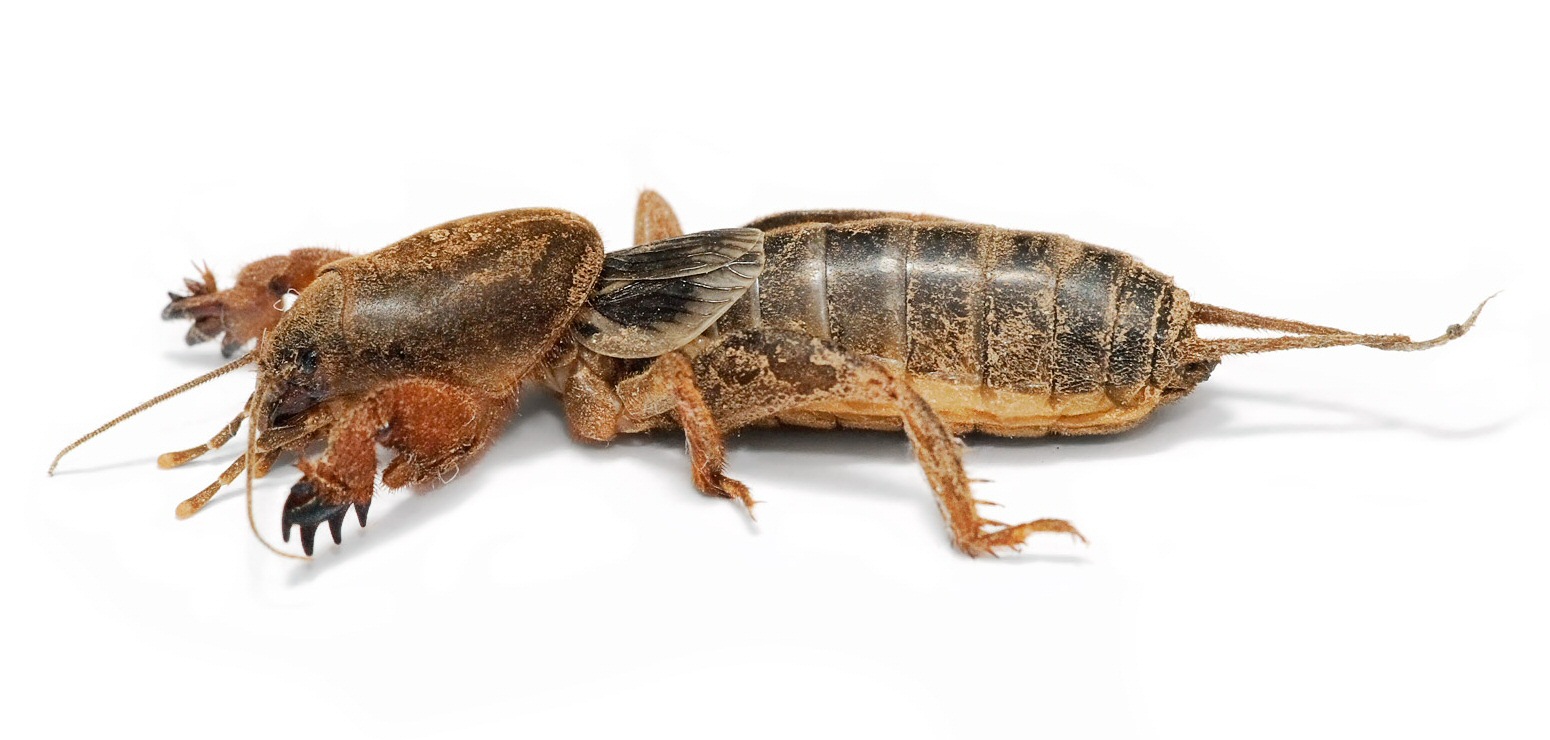|
Rhaphidophorinae
The subfamily Rhaphidophorinae contains the single tribe of camel crickets, the Rhaphidophorini, based on the type genus ''Rhaphidophora''. Species can be found in: India, southern China, Japan, Indo-China, Malesia and Australasia. Genera The ''Orthoptera Species File'' lists: # '' Diarhaphidophora'' Gorochov, 2012 # '' Eurhaphidophora'' Gorochov, 1999 # '' Minirhaphidophora'' Gorochov, 2002 # '' Neorhaphidophora'' Gorochov, 1999 # '' Pararhaphidophora'' – monotypic: '' Pararhaphidophora anatoliji'' Gorochov, 1999 # ''Rhaphidophora ''Rhaphidophora'' is a genus in the family Araceae, occurring from tropical Africa eastwards through Malesia and Australasia to the Western Pacific. The genus consists of approximately 100 species. Description This is a genus of evergreen, robu ...'' Serville, 1838 # '' Sinorhaphidophora'' Qin, Jiang, Liu & Li, 2018 – monotypic: '' Sinorhaphidophora hainanensis'' (Bian & Shi, 2016) # '' Stonychophora'' Karny, 1934 References External ... [...More Info...] [...Related Items...] OR: [Wikipedia] [Google] [Baidu] |
Camel Crickets
The orthopteran family Rhaphidophoridae of the suborder Ensifera has a worldwide distribution. Common names for these insects include cave wētā, cave crickets, camelback crickets, camel crickets, Hogan bugs, spider crickets (sometimes shortened to "criders", or "land shrimp" or "sprickets",) and sand treaders. Those occurring in New Zealand, Australia, and Tasmania are typically referred to as jumping or cave wētā. Most are found in forest environments or within caves, animal burrows, cellars, under stones, or in wood or similar environments. All species are flightless and nocturnal, usually with long antennae and legs. More than 500 species of Rhaphidophoridae are described. The well-known field crickets are from a different superfamily (Grylloidea) and only look vaguely similar, while members of the family Tettigoniidae may look superficially similar in body form. Description Most cave crickets have very large hind legs with "drumstick-shaped" femora and equally long, t ... [...More Info...] [...Related Items...] OR: [Wikipedia] [Google] [Baidu] |
Rhaphidophora (insect)
''Rhaphidophora'' is the type genus of camel crickets The orthopteran family Rhaphidophoridae of the suborder Ensifera has a worldwide distribution. Common names for these insects include cave wētā, cave crickets, camelback crickets, camel crickets, Hogan bugs, spider crickets (sometimes shortene ... in the tribe Rhaphidophorini. The genus comprises over 100 species which can be found in India, China, Japan, Indo-China, Malesia, and Australasia. Species , the following species are accepted: References External links Flickr: ''Rhaphidophora cf. oophaga'' by Nikolai Vladimirov {{DEFAULTSORT:Rhaphidophora (insect) Rhaphidophoridae Ensifera genera Orthoptera of Asia Orthoptera of Indo-China ... [...More Info...] [...Related Items...] OR: [Wikipedia] [Google] [Baidu] |
Eurhaphidophora
''Eurhaphidophora'' is a genus of camel crickets The orthopteran family Rhaphidophoridae of the suborder Ensifera has a worldwide distribution. Common names for these insects include cave wētā, cave crickets, camelback crickets, camel crickets, Hogan bugs, spider crickets (sometimes shortene ... in the monotypic tribe Rhaphidophorini. Species can be found in: China, Indo-China and Peninsular Malaysia. Species The ''Orthoptera Species File'' lists: * '' Eurhaphidophora ampla'' Gorochov, 2010 * '' Eurhaphidophora angusta'' Gorochov, 2010 * '' Eurhaphidophora bispina'' Gorochov, 2010 * '' Eurhaphidophora bona'' Gorochov, 2012 * '' Eurhaphidophora laosi'' Gorochov, 2010 * '' Eurhaphidophora nataliae'' Gorochov, 1999 - type species * '' Eurhaphidophora orlovi'' Gorochov, 2010 * '' Eurhaphidophora rotundata'' Gorochov, 2010 * '' Eurhaphidophora tarasovi'' Gorochov, 2010 * '' Eurhaphidophora truncata'' Bian & Shi, 2016 * '' Eurhaphidophora visibilis'' Gorochov, 2010 References ... [...More Info...] [...Related Items...] OR: [Wikipedia] [Google] [Baidu] |
Stonychophora
''Stonychophora'' is a genus of camel crickets in the tribe Rhaphidophorini. Species in this genus can be found from Indo-China and Malesia to New Caledonia. Species The ''Orthoptera Species File'' lists: *'' Stonychophora alpha'' (Karny, 1930) *'' Stonychophora angulata'' Gorochov, 2002 *'' Stonychophora biaki'' Gorochov, 2010 *'' Stonychophora buruensis'' (Karny, 1925) *'' Stonychophora cattien'' Gorochov, 2012 *'' Stonychophora crenulata'' (Brunner von Wattenwyl, 1893) *'' Stonychophora cultrifer'' (Zacher, 1909) *'' Stonychophora denticulata'' Gorochov, 2010 *'' Stonychophora elegans'' Karny, 1934 *'' Stonychophora falsa'' Gorochov, 2002 *'' Stonychophora foeda'' (Brunner von Wattenwyl, 1888) *'' Stonychophora fulva'' (Brunner von Wattenwyl, 1888) type species (as ''Rhaphidophora fulva'' = ''S. fulva fulva'', locality Java Java (; id, Jawa, ; jv, ꦗꦮ; su, ) is one of the Greater Sunda Islands in Indonesia. It is bordered by the Indian Ocean to the south and the J ... [...More Info...] [...Related Items...] OR: [Wikipedia] [Google] [Baidu] |
Ensifera
Ensifera is a suborder of insects that includes the various types of crickets and their allies including: true crickets, camel crickets, bush crickets or katydids, grigs, weta and Cooloola monsters. This and the suborder Caelifera (grasshoppers and their allies) make up the order Orthoptera. Ensifera is believed to be a more ancient group than Caelifera, with its origins in the Carboniferous period, the split having occurred at the end of the Permian period. Unlike the Caelifera, the Ensifera contain numerous members that are partially carnivorous, feeding on other insects, as well as plants. ''Ensifer'' is Latin for "sword bearer", and refers to the typically elongated and blade-like ovipositor of the females. Characteristics Characteristics shared by the two orthopteran suborders, Caelifera and Ensifera, are the mouthparts adapted for biting and chewing, the modified prothorax, the hind legs modified for jumping, the wing shape and venation, and the sound-producing stridu ... [...More Info...] [...Related Items...] OR: [Wikipedia] [Google] [Baidu] |

